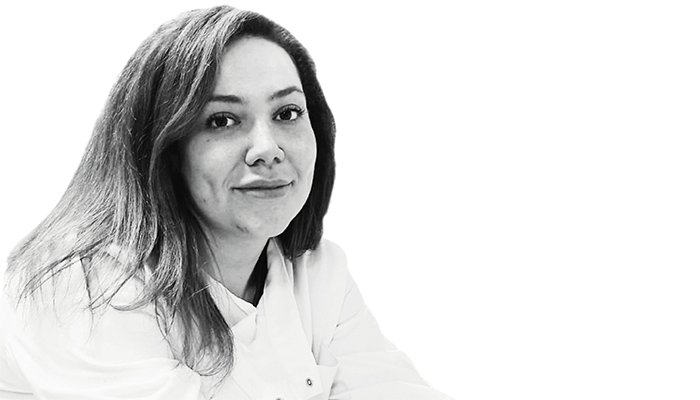
No tissue model is perfect. From animal to cell, every way that we try to recreate the inner workings of our body comes with pros and cons – and our lab’s particular disease model does not escape this inevitability! There is a clear disconnect between models of disease and the translation of research to human benefit – with many treatments that are tested in the lab or in animals ultimately not making it through the pipeline.
My work at the University of Birmingham, UK, centers on developing models of the trabecular meshwork (TM) and Schlemm’s canal (SC) to investigate the pathology of glaucoma (1) – yet it is a field of research that has used many traditional models of disease with no breakthroughs in the knowledge of how the TM becomes diseased. This is a good example of the disconnect between models and translation – and is a prime example of why we may need to rethink how we model diseases and adapt with the progressive breakthroughs in biotechnology to enhance the proportion of research that actually goes from bench to bedside.
In drug discovery, 2D cell systems and animal disease models are not effective predictors of human efficacy. Can animal models fully represent aspects of human diseases? Often, the answer is no – leading to a poor understanding in disease pathogenesis and no new mechanisms of action for drug targeting. Drug development failure rates exceed drug success rate, with a majority of drug candidates failing clinical trials – far from ideal for company budgets, patients, healthcare providers, and potential innovation in the field.
The use of animal models has become an ethical “gray area.” We don’t use animal models because they are fully reliable, we use animal models because they are the most reliable thing we have.
In my view, we need to move on from both 2D cell models that lack the physiological complexity of a 3D tissue, and from animal models that don’t recreate the specific physiology of human biology; tissue engineering is now at a point where the combination of biomaterials, human cells, and 3D cell modeling should give us the best of both worlds in the lab.
The current in vitro models often lack the complexity of actual tissue, using single cell types in isolation and on 2D surfaces – therefore not recreating the complex interactions between different cell types and the surrounding microenvironment. It’s becoming increasingly apparent from research that, when cells are placed in 3D culture, they adopt a level of genetic expression and complex cellular communication closer to cells in a living tissue environment, compared with 2D culture – this step forward will be a significant factor in the development of biomimetic TM models, and those for any tissue.
What’s clear is that any model we create must be fit for purpose. If the tissue has a function that is drastically affected by fluid flow or involves a specific intersection of tissue components, then these factors should be taken into account with the cellular model, when possible and practical.
The current field of in vitro models to mimic the TM and the SC endothelia is still within its infancy, so it’s important to try and focus in on the important aspects of the tissue that will give the most beneficial answers to research questions – whilst also understanding the limitations of a lab grown biomimetic tissue. A feature of the tissue that many groups will be striving to facilitate in vitro is the constant fluid flow that occurs within the eye. This aspect is difficult to integrate, with most in vitro models being static, but it is clearly a factor that significantly affects cell function given the dramatic tissue variability seen in the TM based on cell location.
Potentially an even bigger challenge will be ensuring that newer models have clear testable outputs that can translate to high-throughput research. And that requires highly reproducible models that are cost effective and scalable.
By improving the quality of human in vitro models through tissue engineering techniques, such as 3D cell culture, bioprinting, and the use of human stem cells, we can more easily bridge the gap between bench and bedside – increasing the translational potential of research to the benefit of more effective pharmaceutical development. Not only will we reduce our reliance upon animal models, we’ll also improve the success rate of drug discovery and development process.
References
- HC Lamont et al., “Fundamental Biomaterial Considerations in the Development of a 3D Model Representative of Primary Open Angle Glaucoma,” Bioengineering, 8, 147 (2021). PMID: 34821713.
